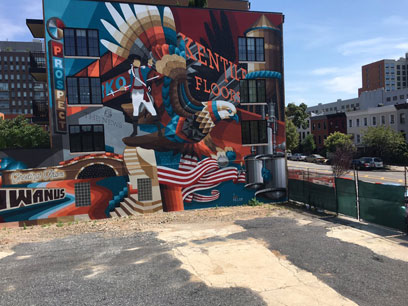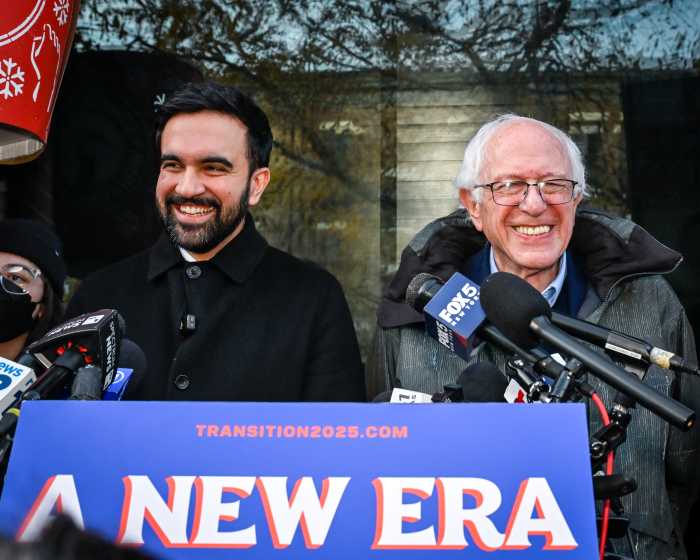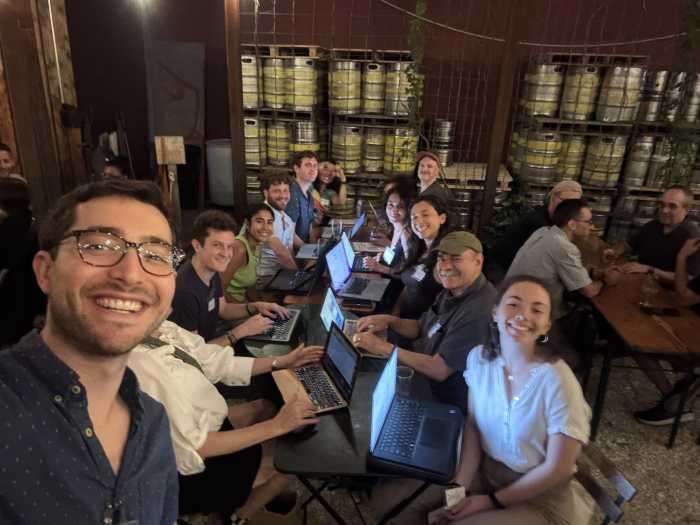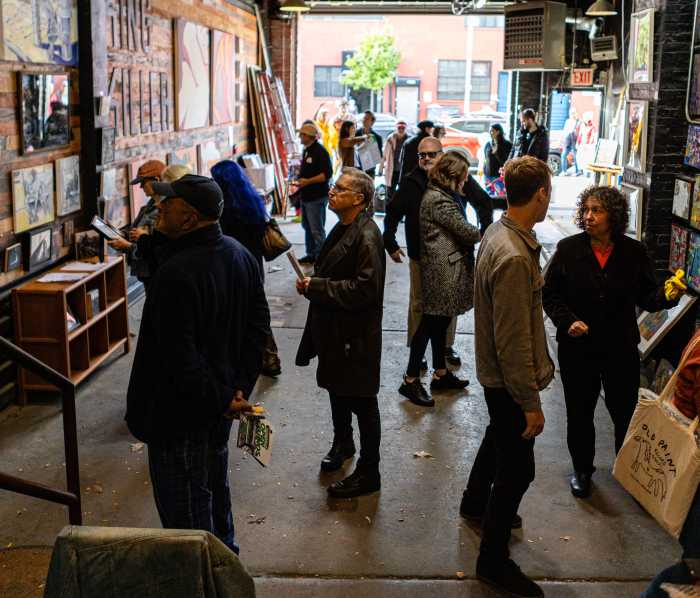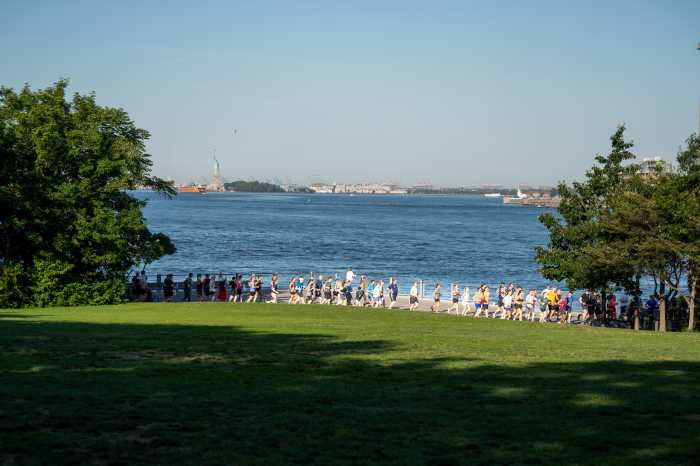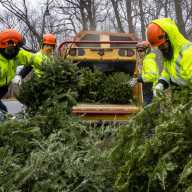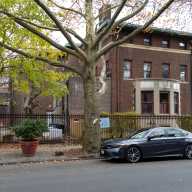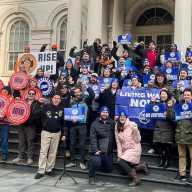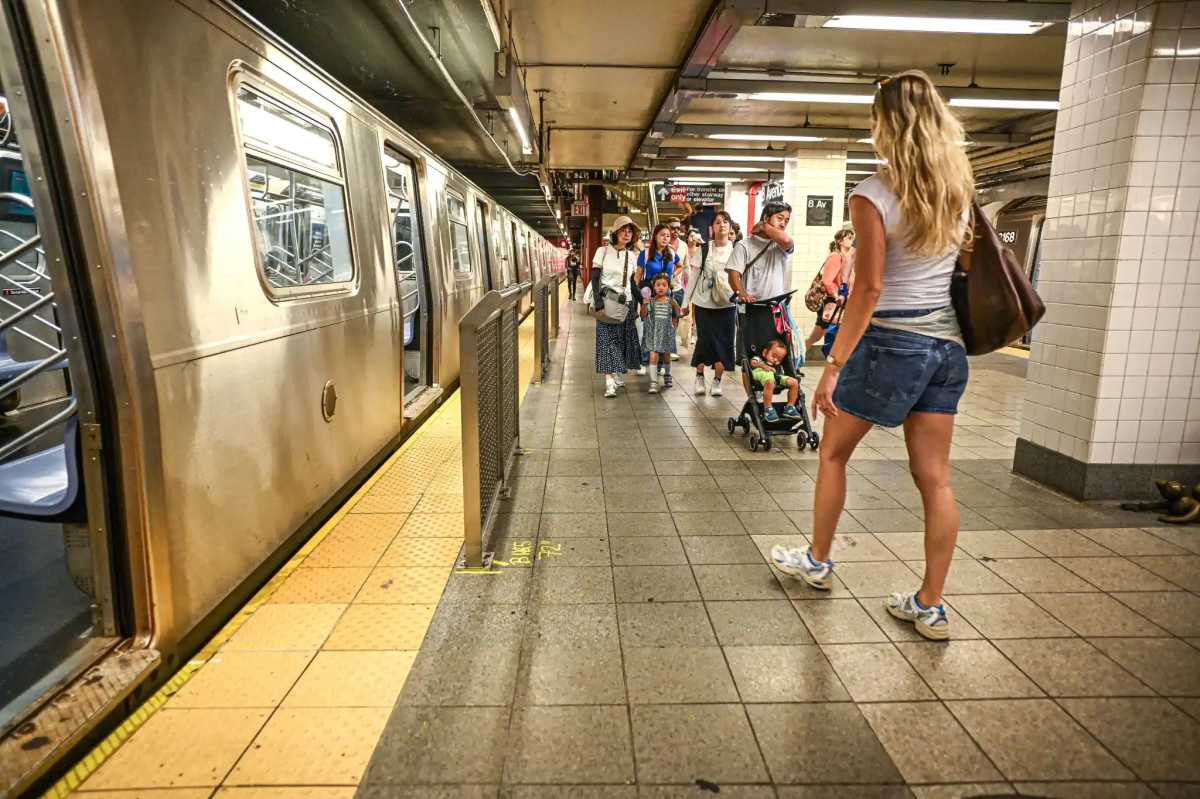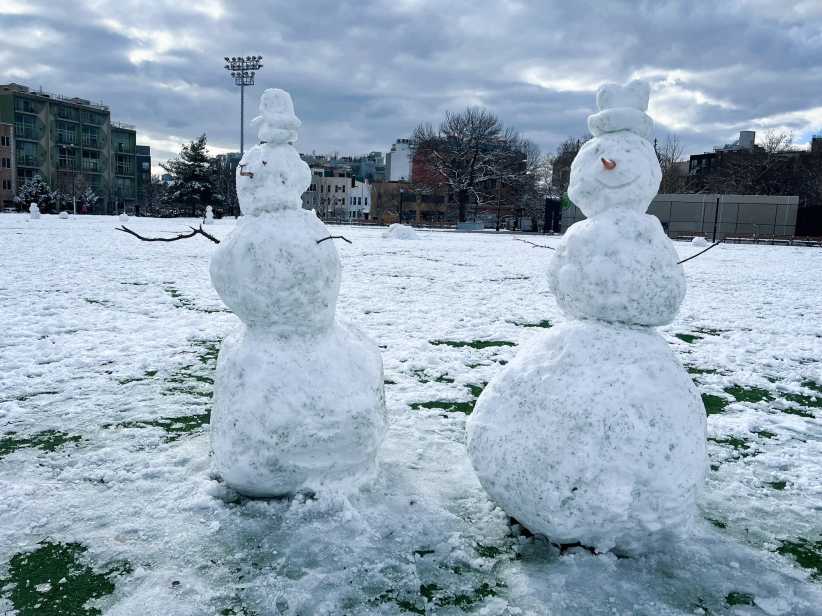It’s got to get to the bottom of this.
The city must dig deeper into the ground of an empty Gowanus lot where the remains of Revolutionary War heroes and 19th-century slaves are said to be buried after finding evidence of trenches that date to the 1800s or earlier in a recent excavation, according to a state parks spokesman.
“Based on our review of the initial archeological fieldwork, further investigation of the site is warranted,” said Dan Keefe.
The state’s Historic Preservation Office fired off a letter on Thursday that recommended more digging at the site — where the Department of Education wants to build a 180-seat pre-school — after the city’s hired archeologists discovered traces of a 19th-century cistern and well buried beneath the ground. The newly discovered shafts should be unearthed and the lot’s subterranean survey expanded to search for any other underground pits, according to Philip Perazio, the state-employed archeologist who wrote the letter.
The School Construction Authority, which is in charge of building and repairing city schools, has pushed for new classrooms on the vacant lot at 201 Ninth Street between Third and Fourth avenues for years.
But local historians contend that the Maryland 400 — a band of revolutionary-era soldiers that heroically fought off British soliders allowing Gen. George Washington and his troops to retreat in Battle of Brooklyn — may be buried at the site.
New York’s Historic Preservation Office called for a limited survey of the grounds in March, and earlier this month revealed that the city’s archeologist did not find evidence of human remains. But the state agency requested more information from the experts following a New York Times report suggesting there is a 19th-century slave burial plot in the vicinity of the lot.
The city is responsible for expanding the excavation — the preservation office only serves in an advisory capacity — but the School Construction Authority could face legal consequences if it does not properly investigate any historic leads, and local advocates have proven more than willing to litigate in order to preserve the borough’s storied past.
In 2007, homeowners on Duffield Street Downtown successfully sued the city after it tried to use eminent domain to seize houses on their street that were linked to the Underground Railroad.
But the state must ensure that proper measures are taken to uncover any history buried beneath the site, according to a group of local pols, including state Sen. Jesse Hamilton (D–Gowanus) and Assemblywoman Jo Anne Simon (D–Downtown), who held a press conference Thursday at the Ninth Street lot.
“We cannot have a school built on a foundation of ignorance,” said Hamilton. “I call on the New York State Office of Parks, Recreation, and Historic Preservation to honor the slaves and veterans of this site.”
And because further digging would delay building a school there, the city-hired archeologist may be motivated to produce findings favorable to its employer, according to Simon.
“They’re hired by the city … you’re going to work with your client, and your job is to perhaps support their client,” she said.
The education department will continue to work with state officials regarding further excavations following the initial dig, according to a spokeswoman.
“A thorough investigation on the site began in June and is ongoing in accordance with all State standards and protocols,” said Toya Holness. “The SCA will continue to engage all appropriate entities and stakeholders throughout this process.”



